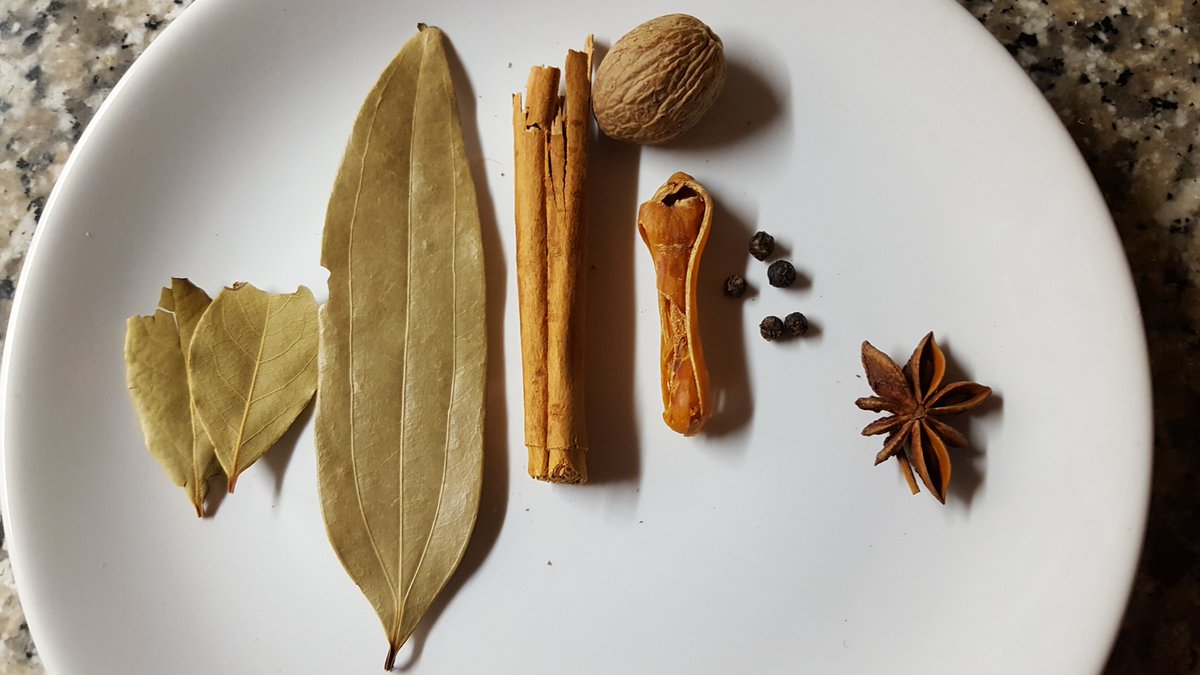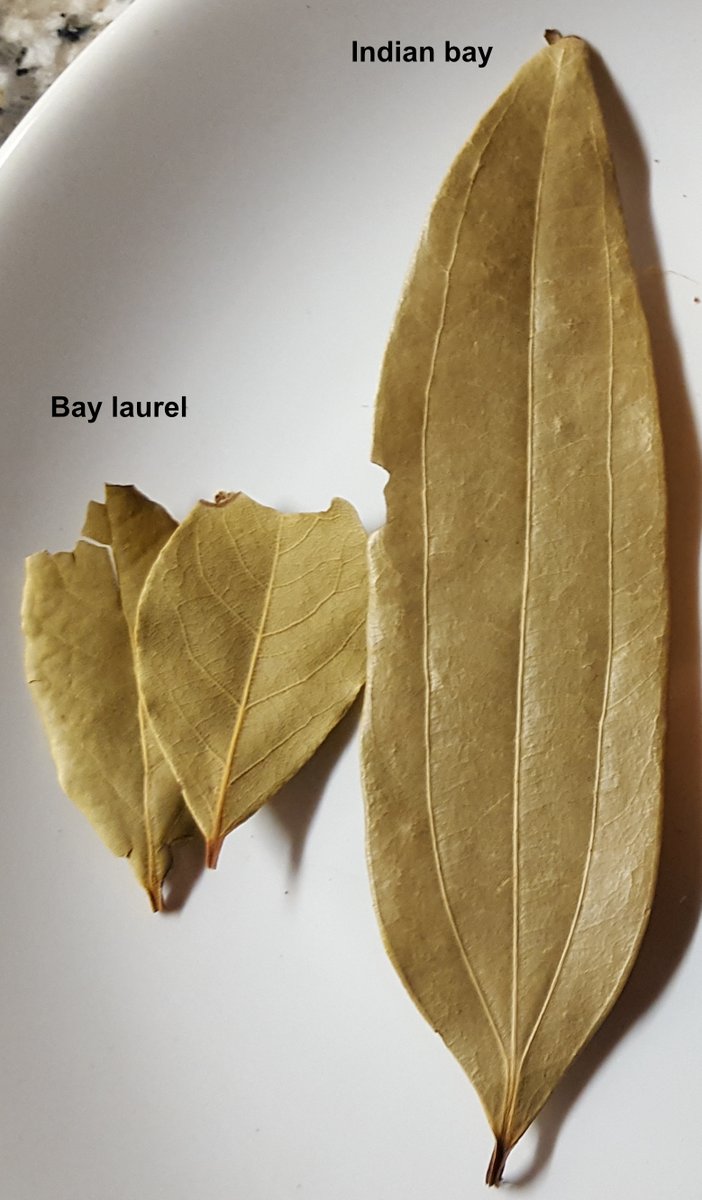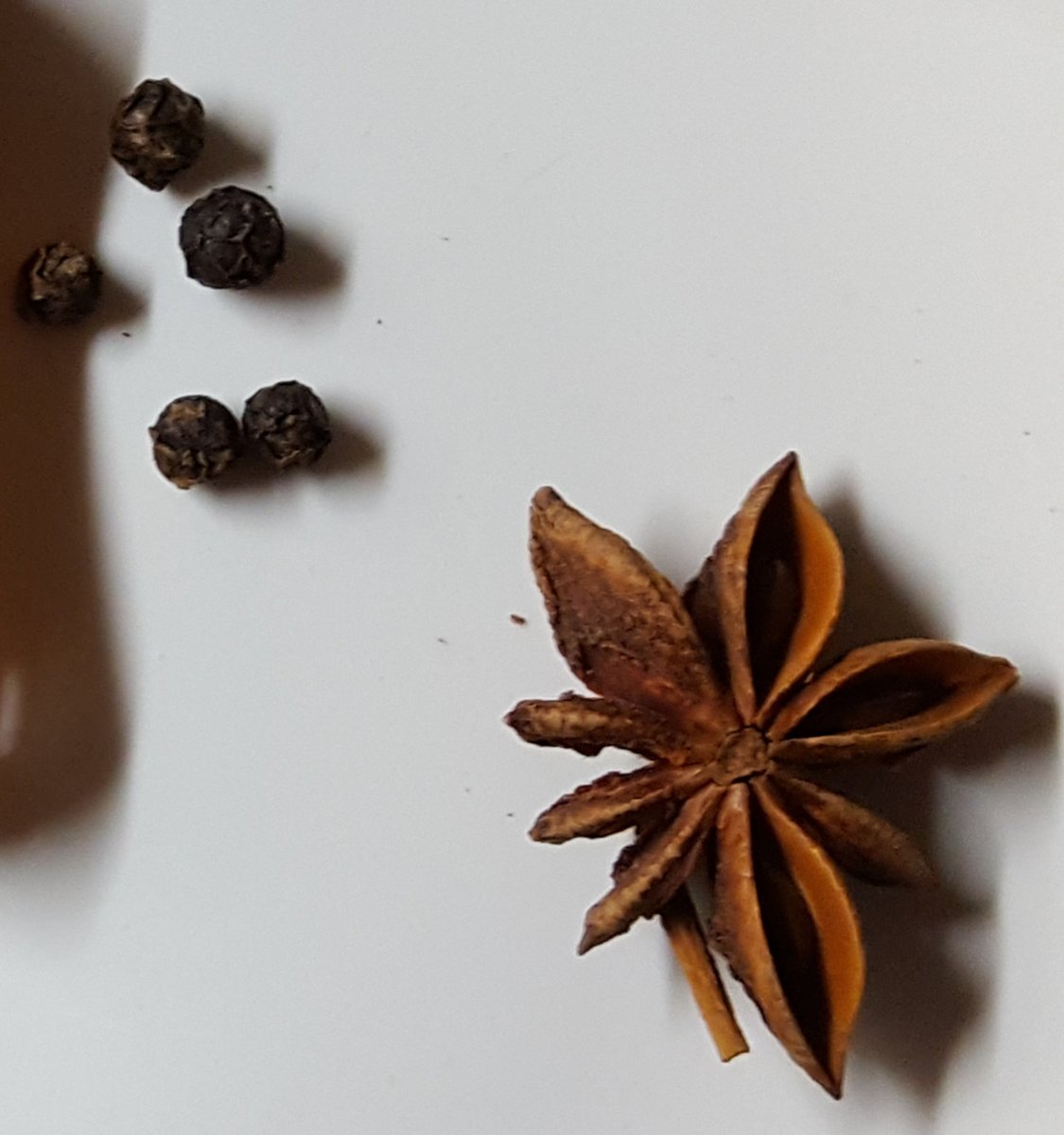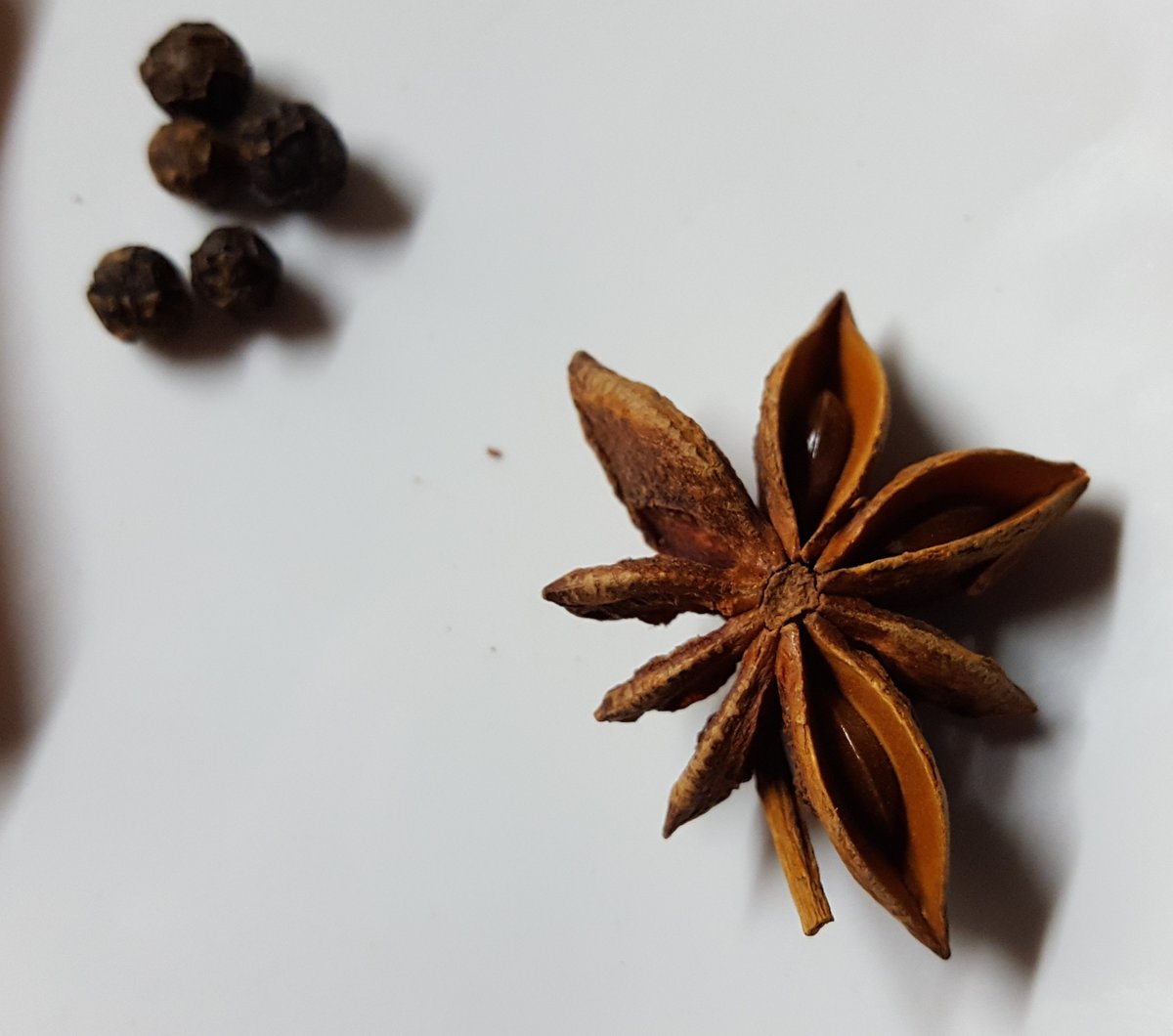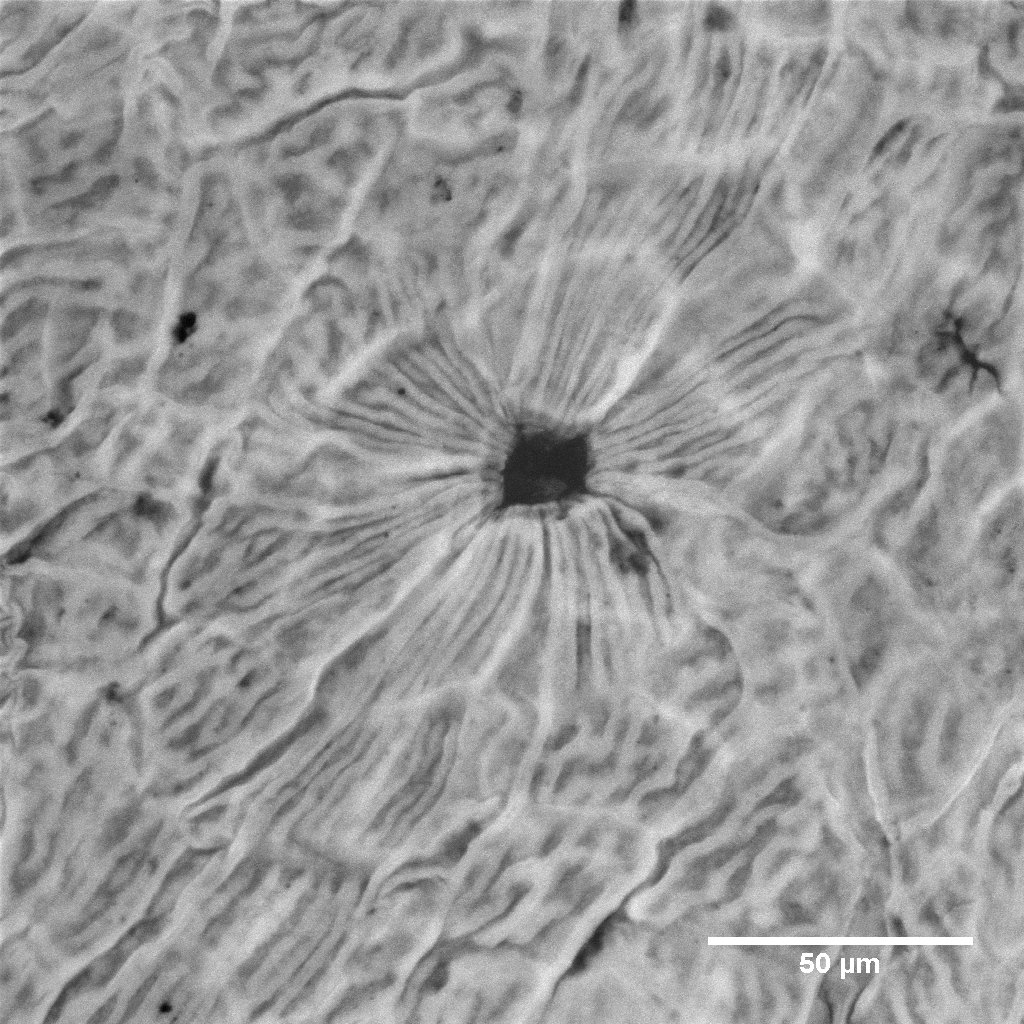since I am spending Xmas eve alone, I decided to write something about spices! What do these #spices have in common? #botany #Iamabotanist #plantmas
the answer is that all of these plants have some of these in their tissue. But what are these? #plantanatomy
these are ethereal oil cells, specialized cells that accumulate volatile substances that give the spices their aroma! They can be present in the leaves, such as in bay laurel (Laurus nobilis) or indian bay (Cinnamomum tamala)...
... and they can be present in fruits, such as in black pepper (Piper nigrum) and star anise (Illicium verum). Actually, they can be present in multiple organs of the same plant!
Are all these plants with ethereal oil cells closely related? Well, most of them are, except Star anise. Illicium is a distant relative of most angiosperms, being part of the Austrobaileyales, the closest cousins to most of the rest of the angiosperms!
Indeed, ethereal oil cells are probably ancestral in all angiosperms except Amborella and the waterlilies, and have been lost independently in all monocots except Acorus and in the eudicots. Traces of them can even be found in fossils from the #EarlyCretaceous!
However, most of these spices are closely related, being part of the magnoliids (a group also including Magnolia, Aristolochia, avocadoes). Here is a #phylogeny of the #spices for all to enjoy! And happy holidays to everyone! #plantmas #iamabotanist

 Read on Twitter
Read on Twitter